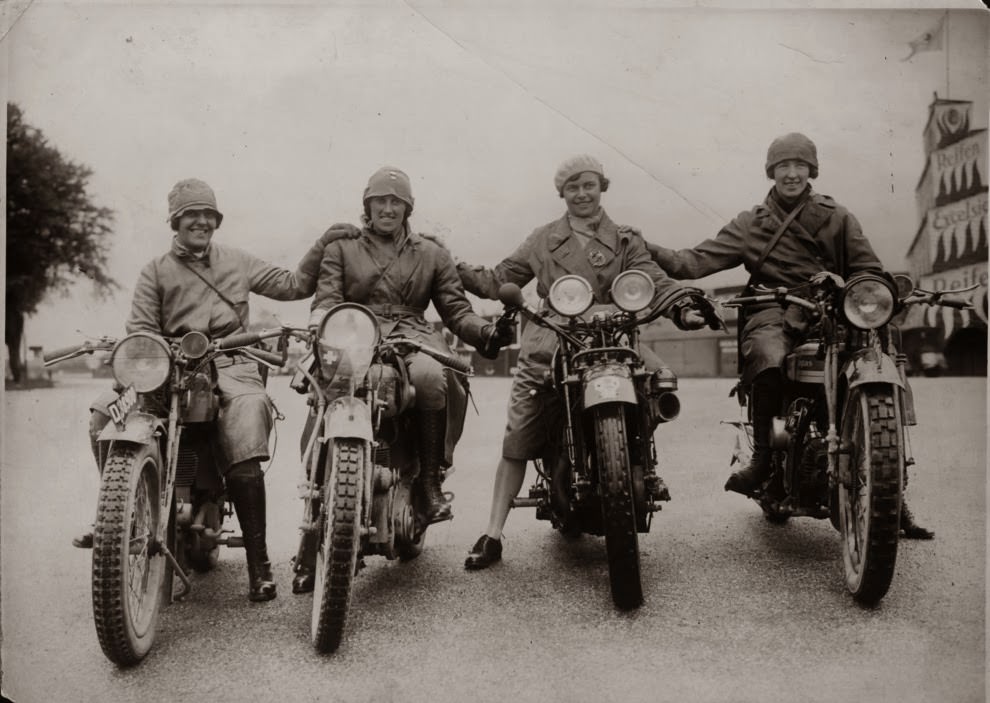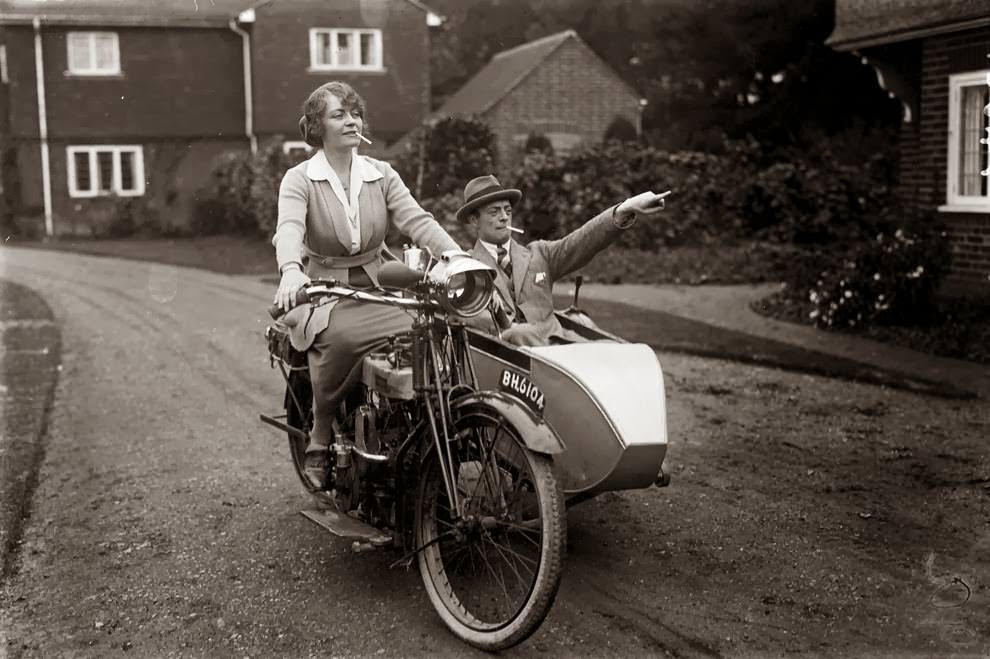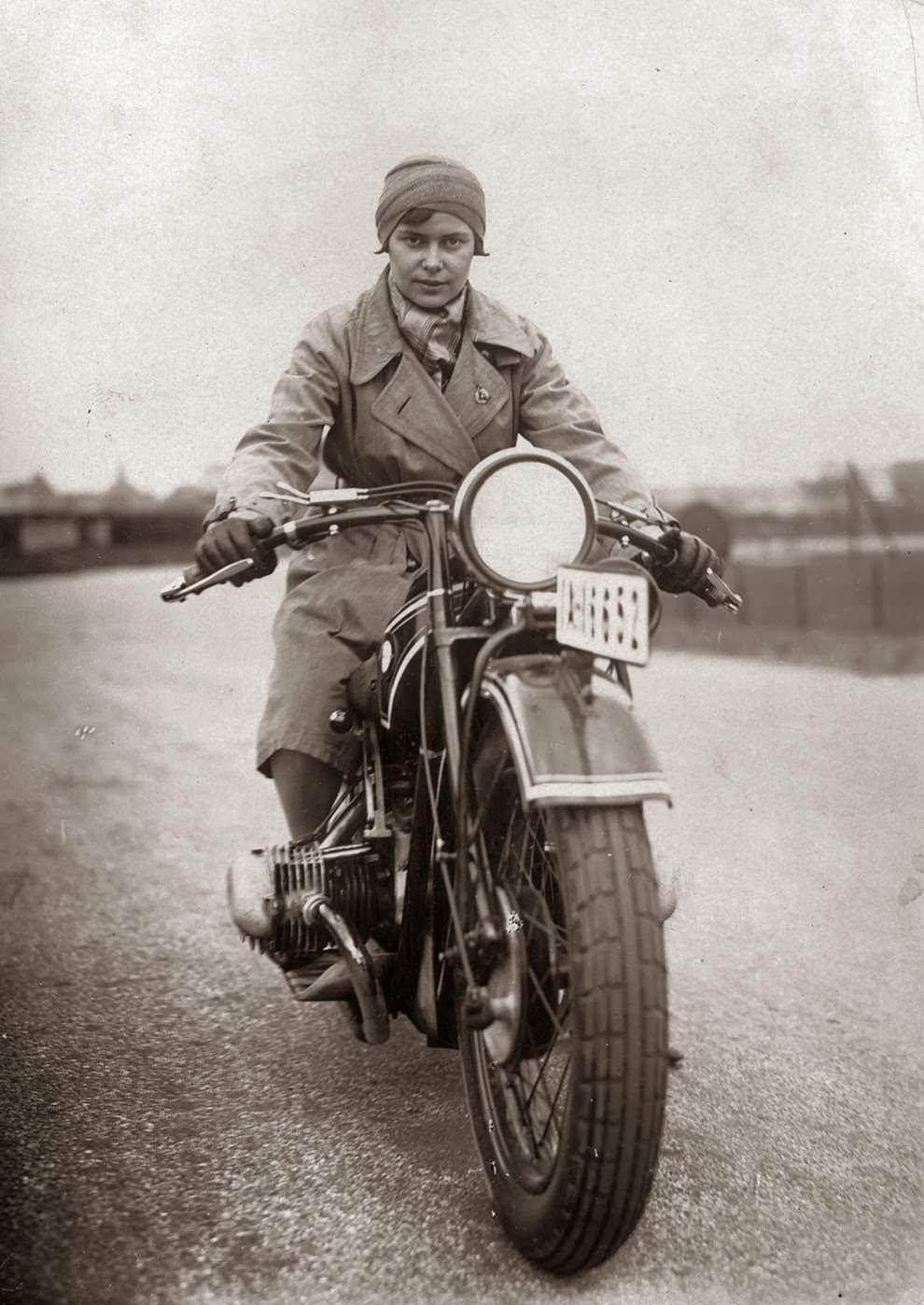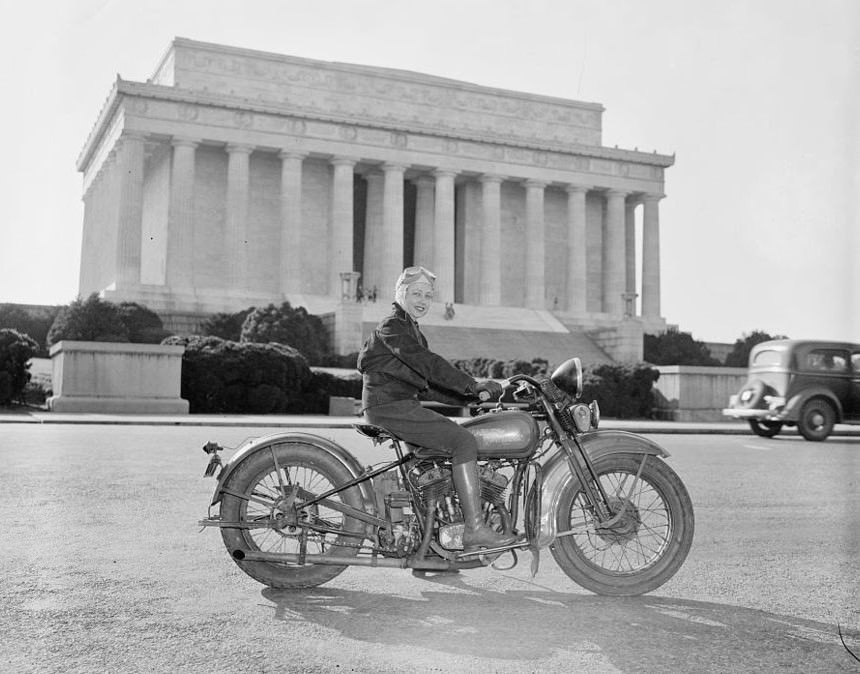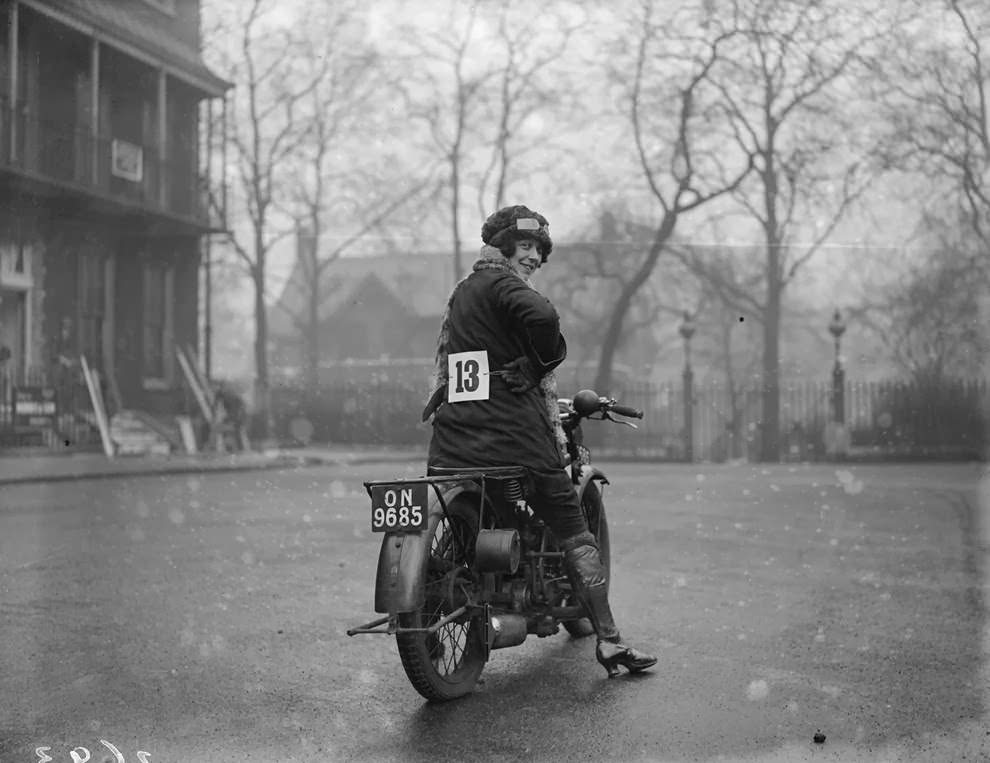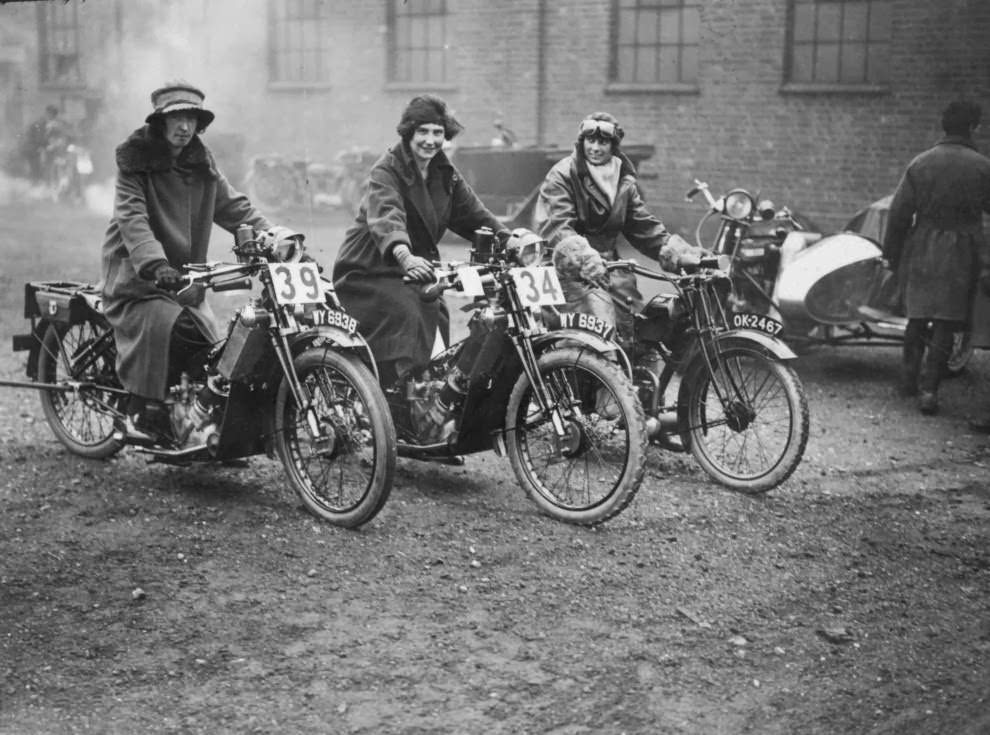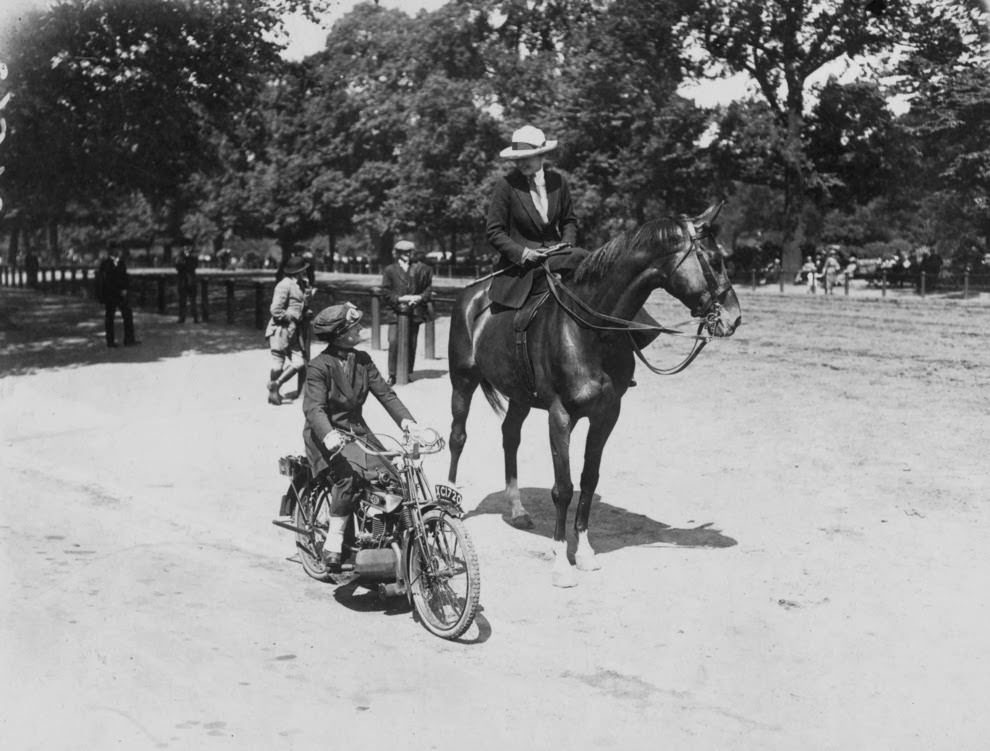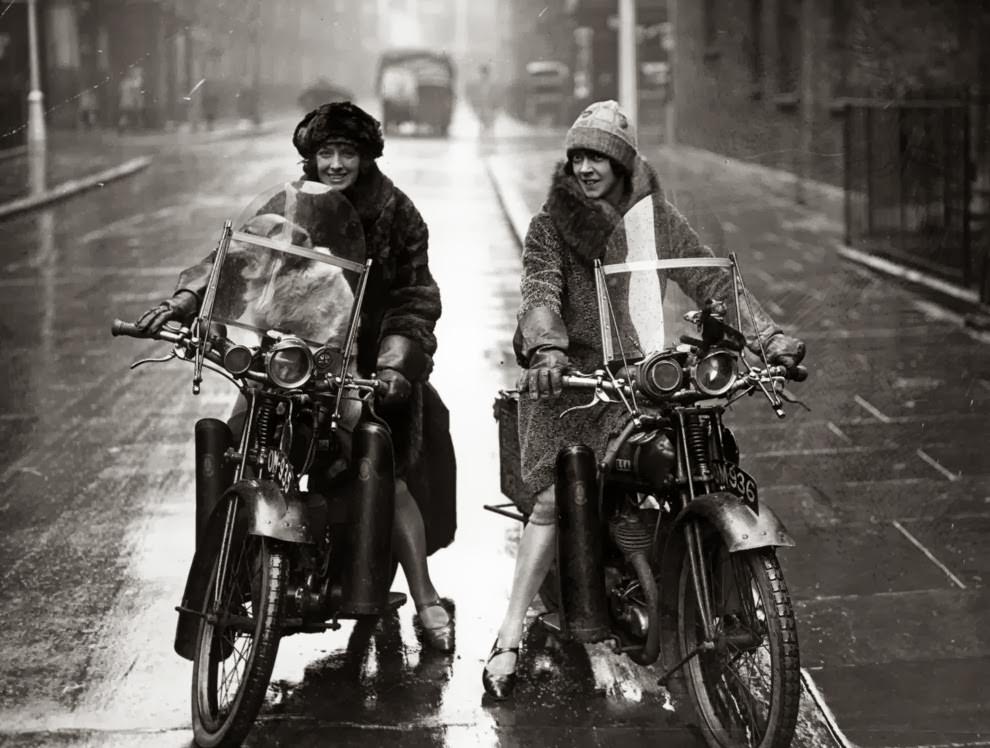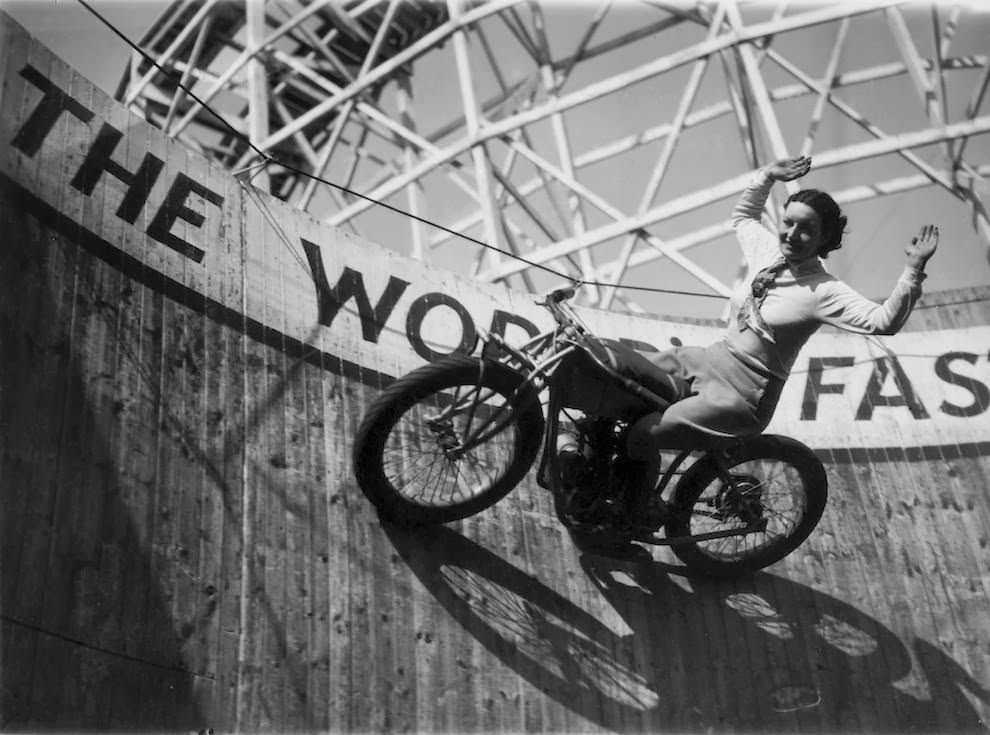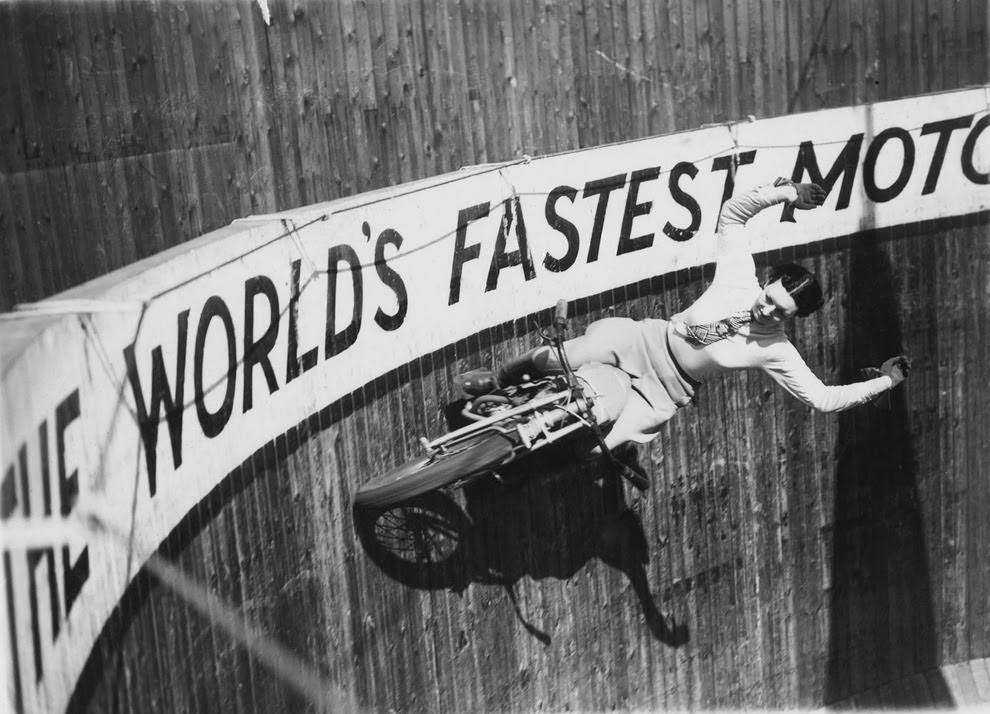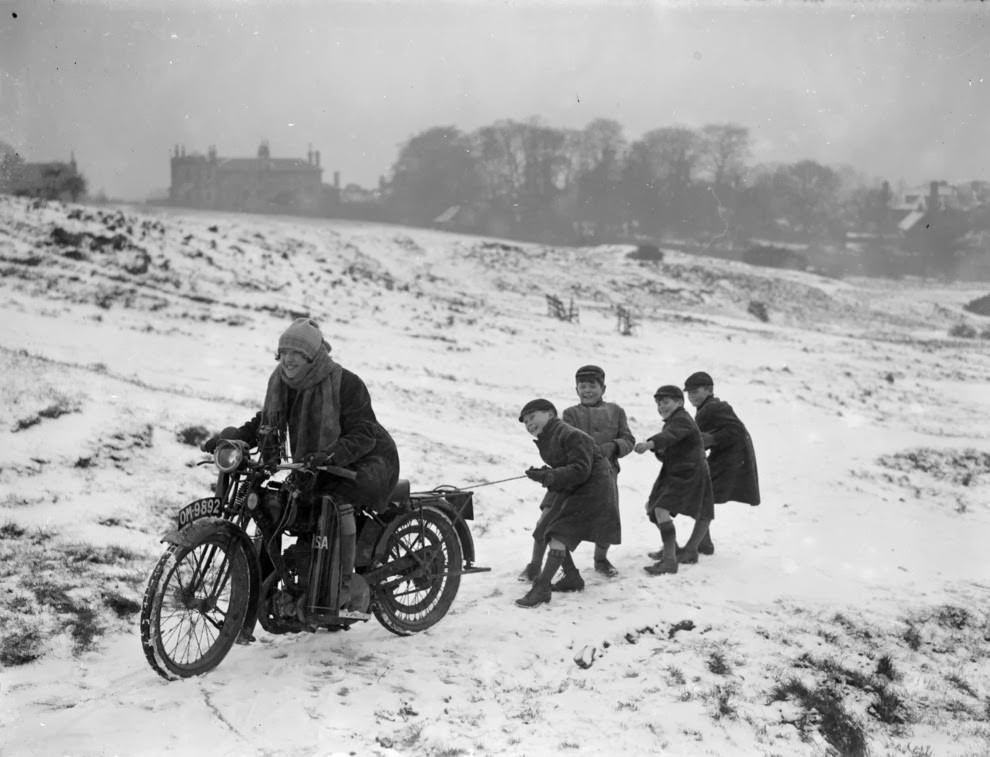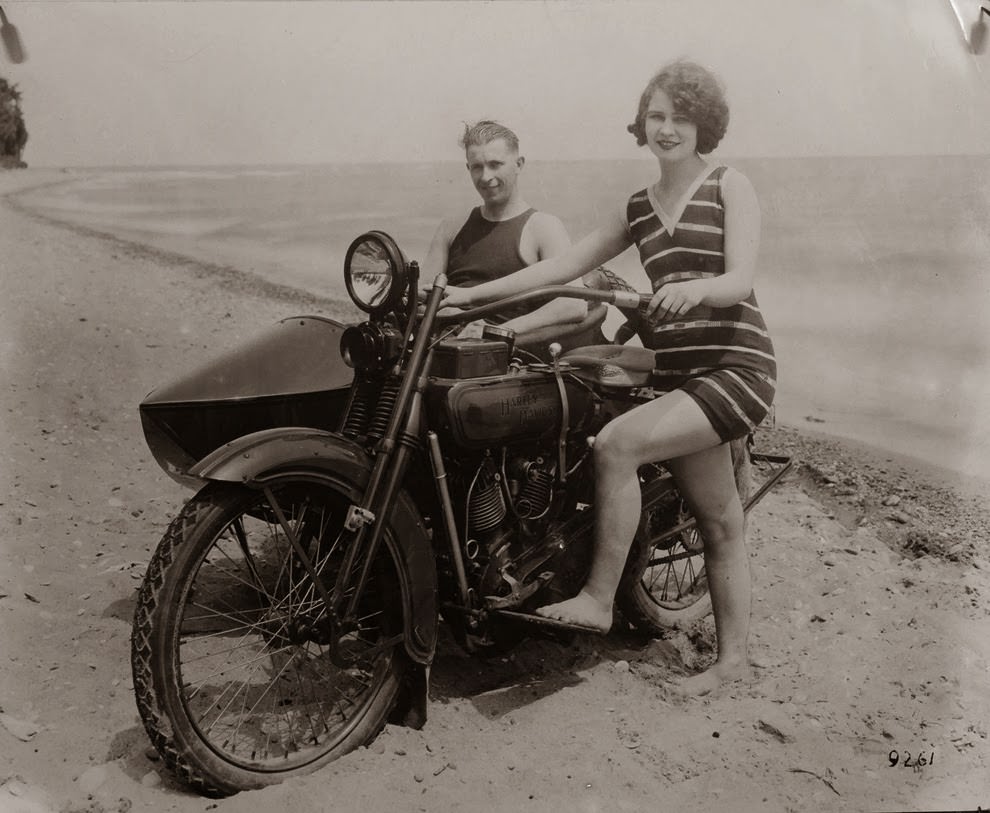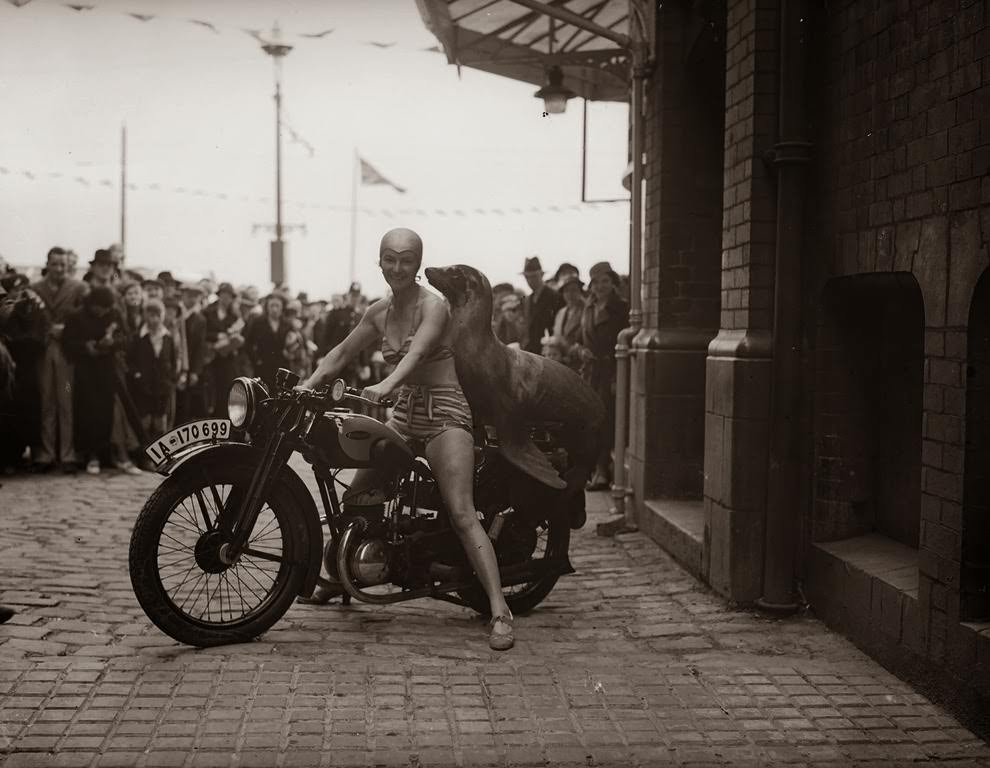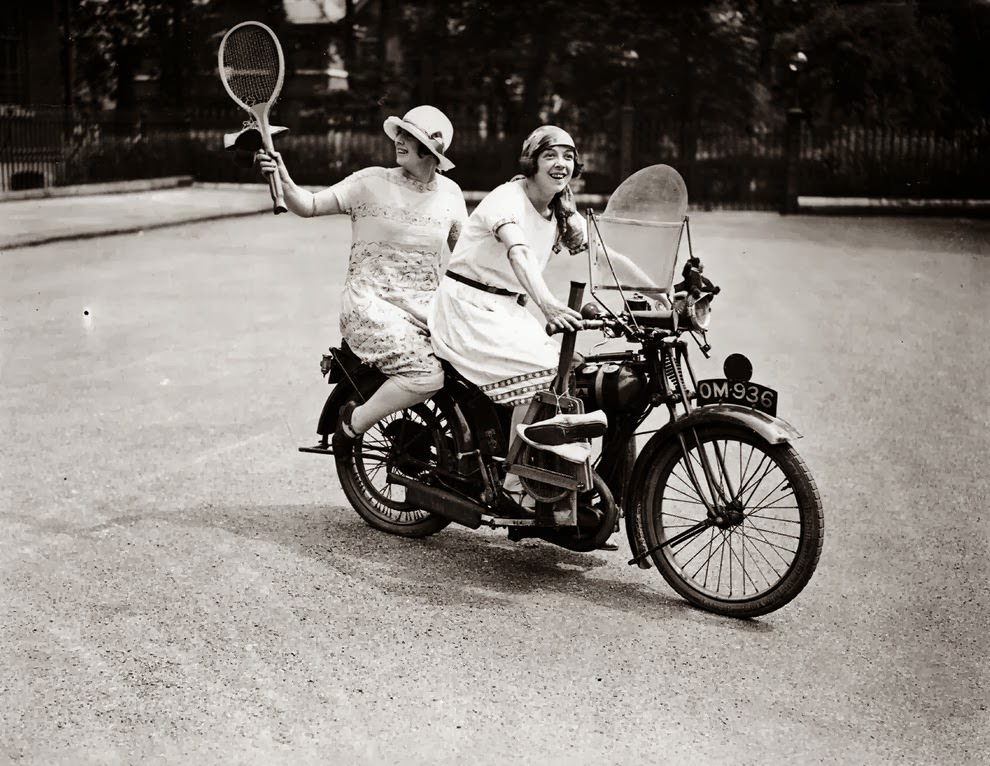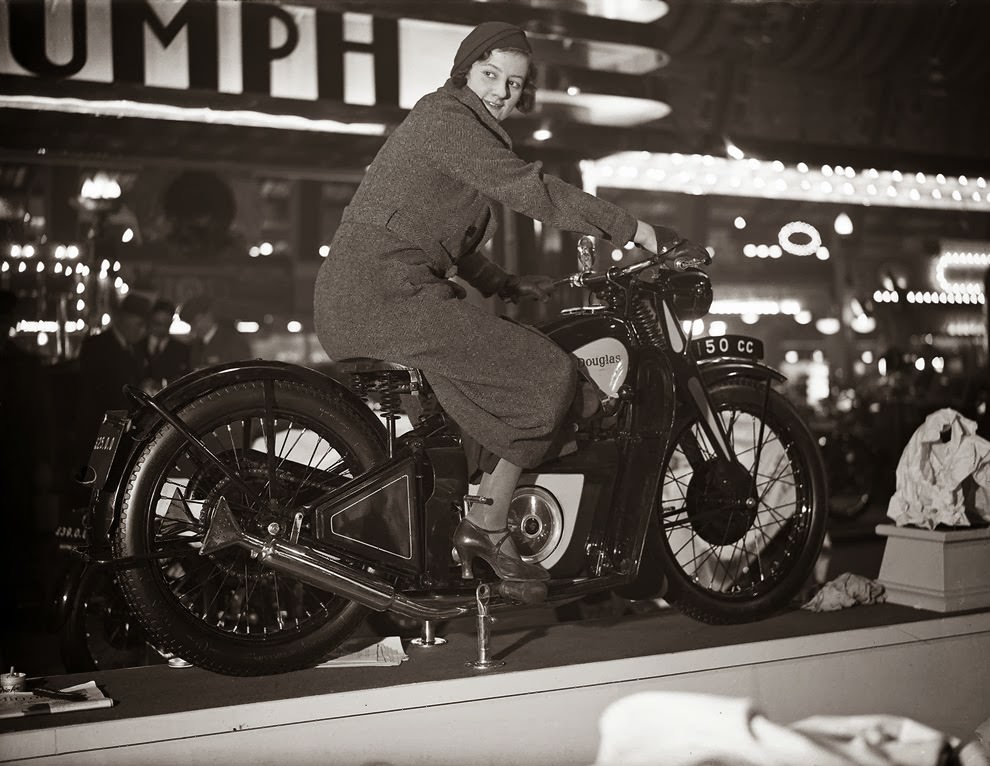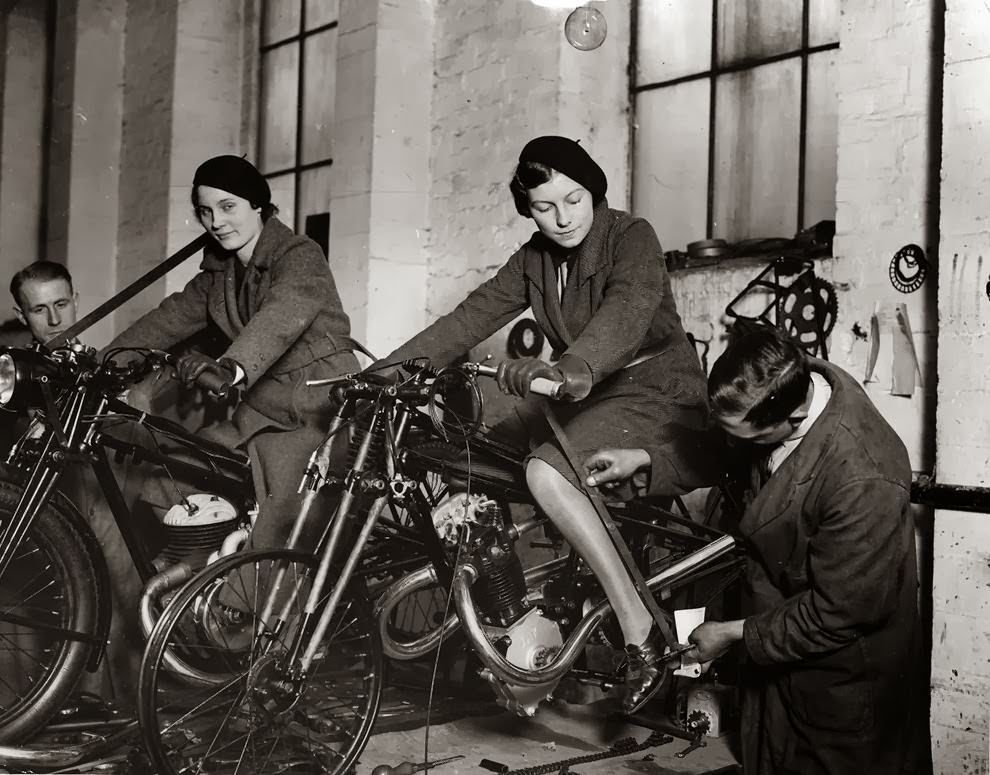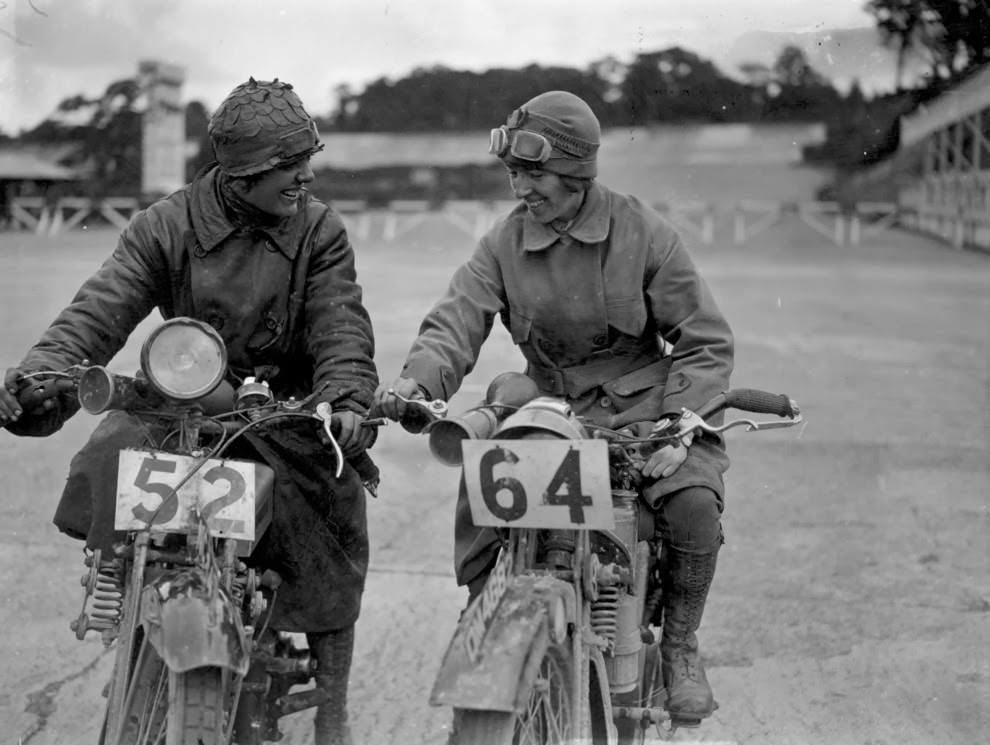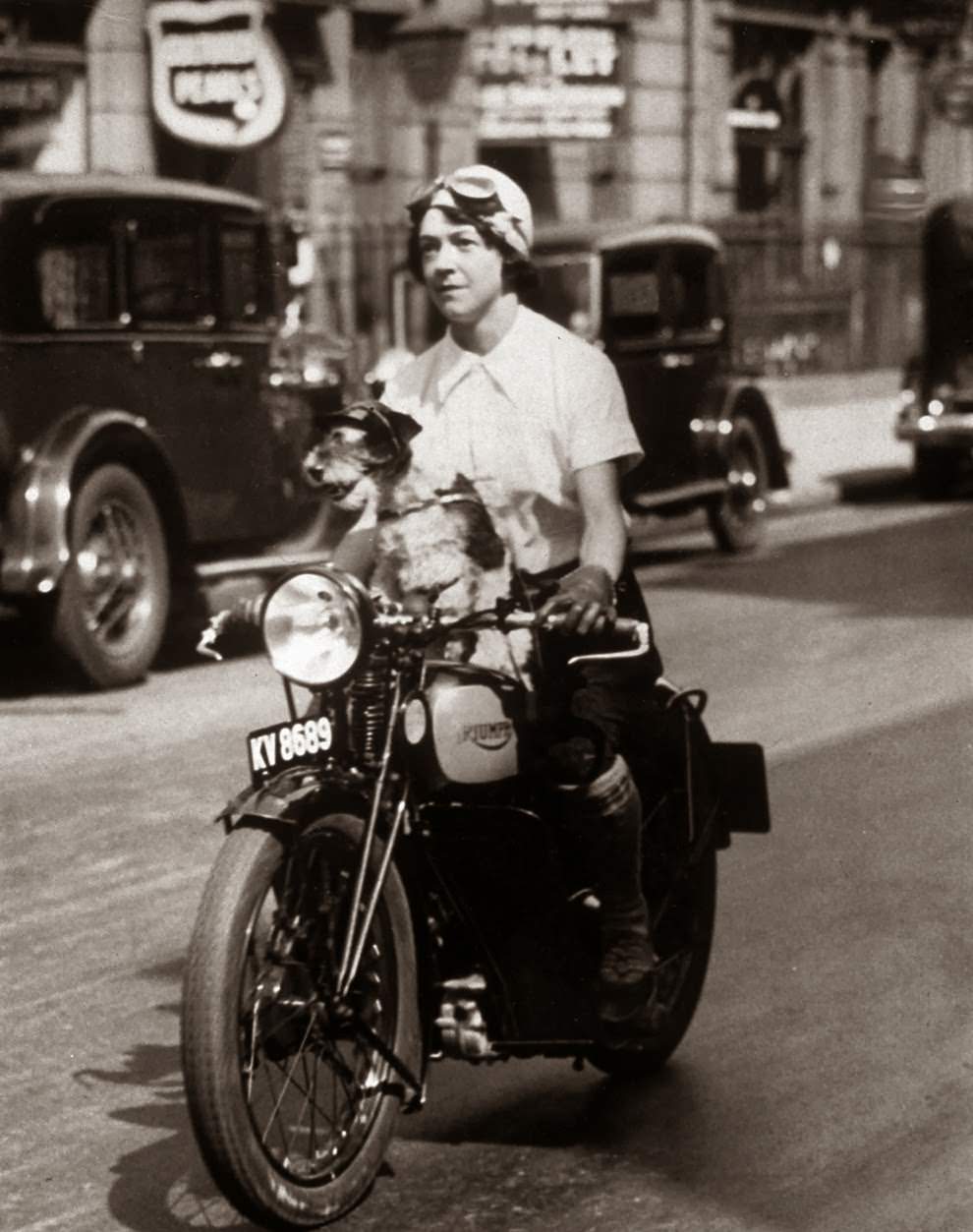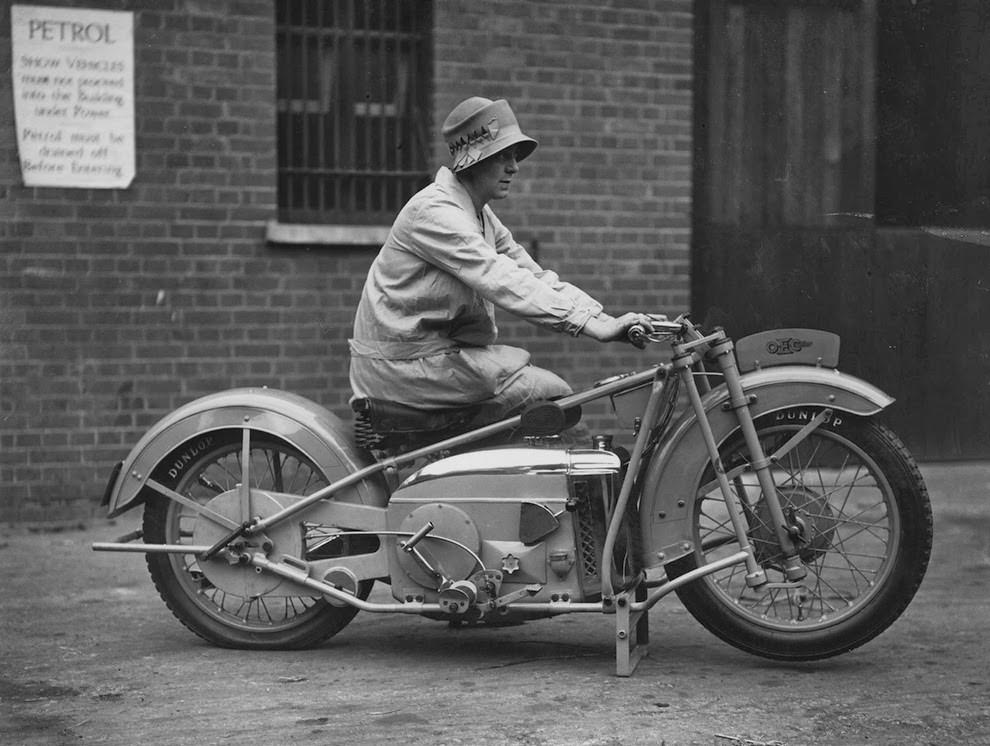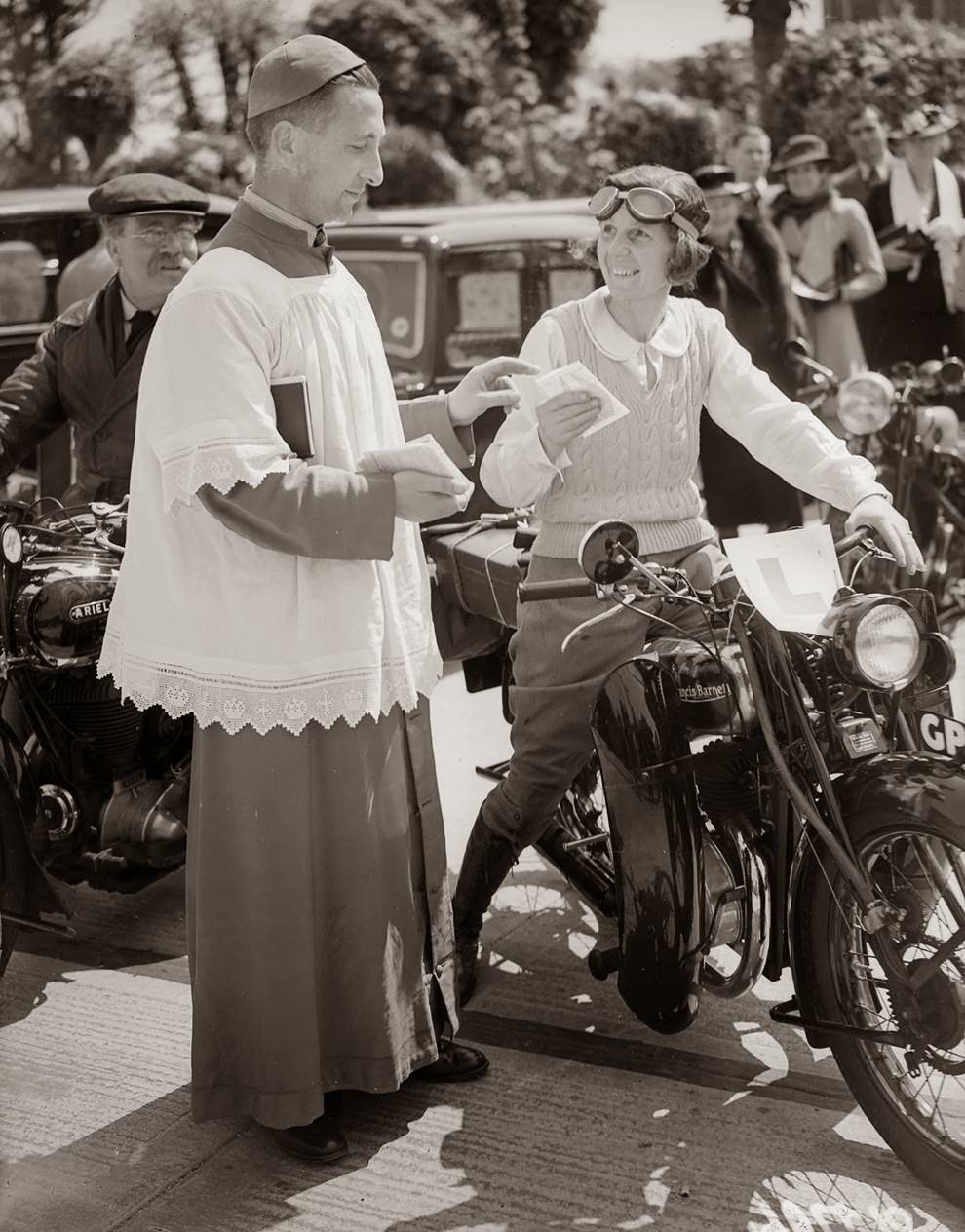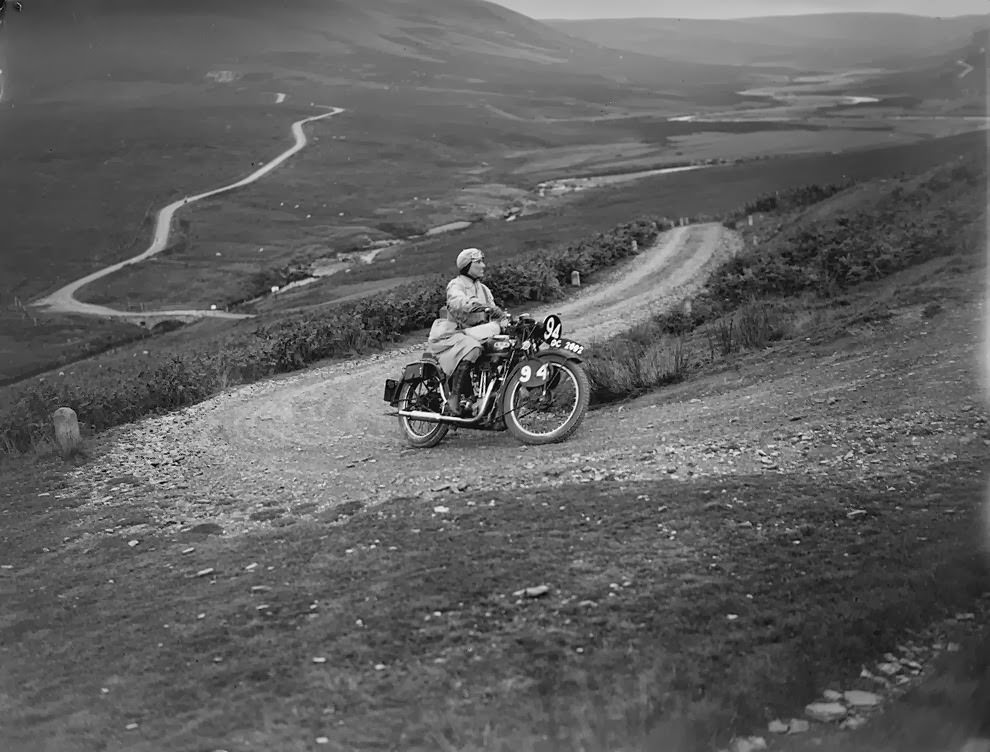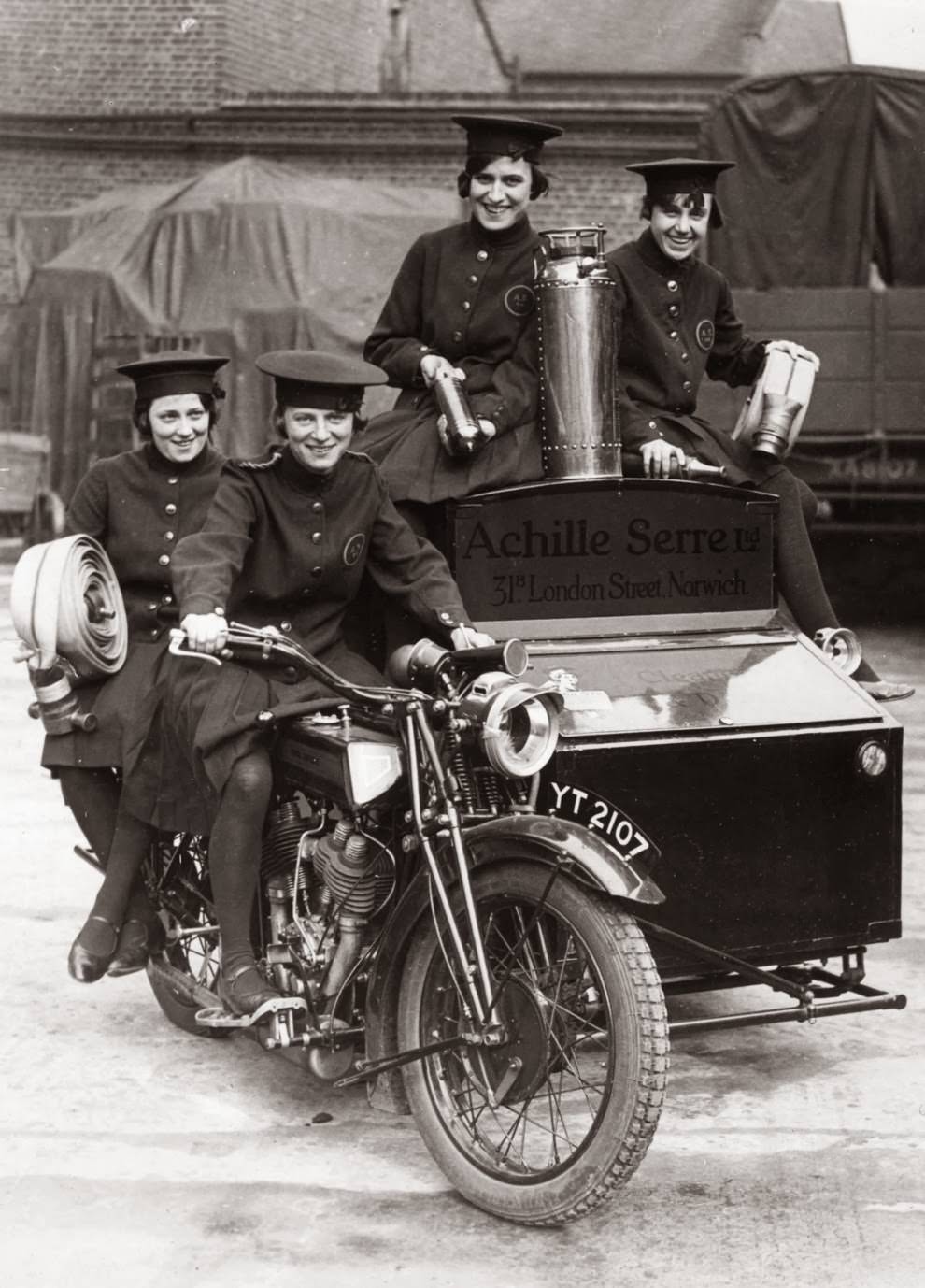In the 1920s and 1930s, as motorcycles became more reliable and accessible, a growing number of women took to the open road. For these pioneers, riding was more than just a form of transportation; it was a statement of independence and a bold rejection of the era’s conventional roles for women. They undertook long-distance journeys, formed their own clubs, and competed in endurance events.
The Riders and Their Machines
The women who rode in this period often chose powerful and heavy machines from manufacturers like Harley-Davidson and Indian. These motorcycles were not designed specifically for women; they were the standard models of the day, featuring hand-shifters and foot clutches that required skill and physical strength to operate.
One of the most remarkable riders of this era was Bessie Stringfield. An African American woman, Stringfield began riding in the late 1920s. During the 1930s and 1940s, she completed eight solo cross-country tours of the United States on her Harley-Davidson. She navigated the dangers of the road and the pervasive racial prejudice of the time, earning money by performing motorcycle stunts at carnivals along her route. During World War II, she served as a civilian motorcycle dispatch rider for the U.S. Army.
Read more
Another pioneering duo was Avis and Effie Hotchkiss. In 1915, the mother-daughter team became the first women to ride across the United States. They traveled from Brooklyn, New York, to San Francisco and back on a three-wheeled Harley-Davidson sidecar rig, covering thousands of miles of mostly unpaved and poorly maintained roads.
Fashion and Function on the Road
The clothing worn by early female motorcyclists evolved from everyday attire to more practical riding gear. In the 1920s, many women simply rode in long skirts and sturdy boots. However, as they undertook more serious riding, their outfits changed to prioritize safety and function.
By the 1930s, many female riders had adopted jodhpurs, a type of riding pant that was tight from the knee to the ankle, as their preferred legwear. These were paired with tall leather boots, leather jackets, and helmets. This look was not just practical; it was a distinct style that set them apart and identified them as serious motorcyclists. Photographs from the era show women confidently posing with their machines, dressed in this functional and rugged attire.
Forming a Sisterhood on Wheels
As more women began to ride, they sought out the companionship of other female enthusiasts. This led to the formation of women-only motorcycle clubs. In 1940, Linda Dugeau and Dot Robinson founded the Motor Maids, one of the first and most enduring women’s motorcycle clubs in the United States. The group was established to unite female riders and promote a positive image of women in motorcycling.
These clubs organized group rides, rallies, and social events, creating a supportive community for women who shared a passion for two wheels. They participated in endurance runs and reliability trials, competing alongside men and proving their skill and stamina. These organizations provided a network for women in a male-dominated activity, allowing them to share knowledge, experiences, and a sense of camaraderie.


